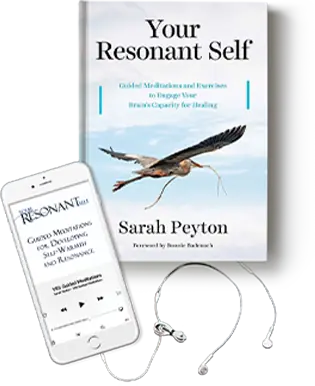How to Work with Depression
Some of you know, but perhaps many don’t, that I spent most of my early and adult life smothered by chronic, unwavering, deeply immobilizing depression.
My brain attacked me like Edward Scissorhands, using sharp, weaponized words and criticisms that crushed me into the ground and slowed the pace of life to such an extent, I could barely get out of bed.
That, coupled with the impact of growing up with caregivers who could not support me, that left me desperately alone and with a sense that I didn’t really exist and that there was no point to living, period.
What I’ve learned in my years of study about the brain is that this makes perfect sense. The fact that my brain slowly became accustomed to collapse, to slowing down almost to a halt, robbed of a sense of meaning or purpose, in an experience that we often refer to as “depression” – makes perfect sense.
We all have places that become immobilized, that we turn away from. Some of us learn left-hemispheric strategies to summon ourselves into action, and some of us collapse even further into shame and immobilization over time.
And of course! We are coached in our culture to use force to summon these parts awake, or to shame them into submission, into waking up and “acting right” – get up. go to work. get it together. you are so lazy to think you can stay in bed all day.
What we know from the insights of relational neuroscience is that instead, permanent shifts and healing change are created when we meet ourselves with warmth, not shame.
And there are different strategies, and different empathy guesses we can make for ourselves, depending on where the impulse toward depression comes from.
Below are some resources that might help support an exploration of how to gently hold depression in yourself and others.
For an even deeper dive, you can watch my online webinar ($20 in the online store): The Seeking Circuit and Depression: Why Depression Zaps our Life Energy + How Resonant Language Can Help.
Both paths below offer ways of working with our immobilized parts. Part of the process is that we can empathize with our wounded parts AND the critical parts…
It is an act of radical space-holding to learn to be gentle with both parts, and we can learn this over time. I know, because this is how I healed myself from lifelong depression.
Part 1: How To Work With Lonely Depression
Have you felt alone in the world for as long as you can remember? One of my free meditations includes how to work with and gently hold depression associated with lifelong loneliness. Grab the free meditations on the sidebar to the right of this blog post.
Part 2: How To Work With the Cruel Voices of Depression
Have you noticed that your the voice inside your brain is constantly barraging you with expectations, criticisms, judgements and more? I invite you to see if you can identify who this critical voice actually belongs to.
Did you hear these messages from your mother? Your father? Your sister, or your best friend? Once you have a sense of this possibility, try to make an empathy guess for how this voice, which is not yours, might be feeling and what it’s needing.
Taking this kind of guess can lead us into a very rich place of exploration, as we begin to see and soften into the purpose of this voice (perhaps your father wanted you to be successful and safe!) as well as seeing that this voice isn’t actually “US”.
Another process-work option is to work gently with the voices:
Does your inner voice speak in cruel words that have lead to a chronic sense of hopeless, crushing depression? One of my guided meditations about gently holding a savage DMN can be found in the sidebar – I hope you enjoy.







